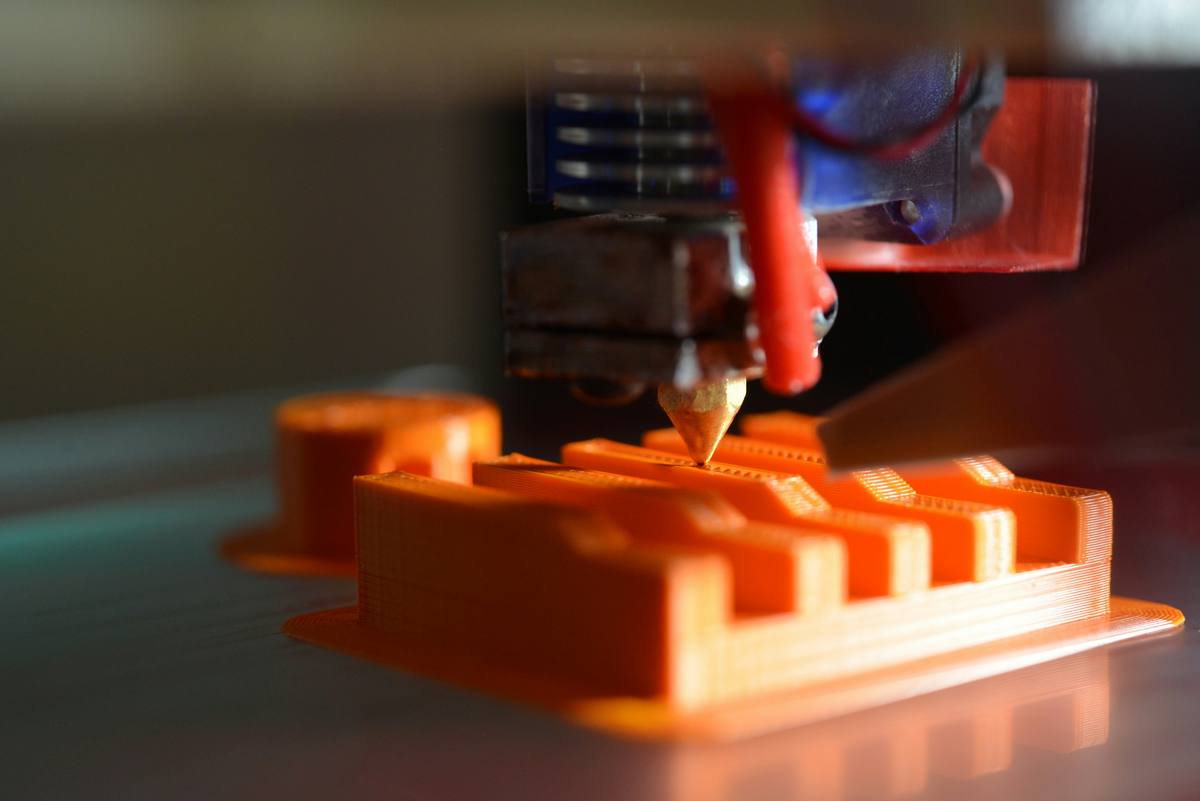Embarking on Your 3D Printing Business Journey
Starting a 3D printing business requires a blend of creativity, technical skill, and entrepreneurial spirit. The first step is selecting the perfect 3D printer that aligns with your business goals; whether it's for intricate art pieces or robust mechanical parts, the choice of printer will set the tone for your offerings. Understanding your target market is equally crucial; diving deep into their needs can help tailor your products or services effectively. Investing in quality materials will not only enhance the final product but also elevate customer satisfaction. Additionally, crafting a unique brand identity and strong online presence can significantly differentiate your business in this burgeoning market. Engaging with a vibrant community of makers and enthusiasts through social media or forums can further amplify your visibility and credibility.

Understanding the Market Demand
When contemplating how to start a 3D printing business, the first hurdle often encountered is gauging the market demand accurately. It's not just about knowing that there's interest, but understanding the specific needs of your target audience. This requires thorough research and analysis to identify which sectors--be it medical, automotive, or fashion--show the most promise for your services. Additionally, keeping abreast of technological trends is crucial as this industry evolves rapidly. Consequently, a successful entrepreneur in this space must be adaptable and ready to pivot their offerings in response to market shifts.
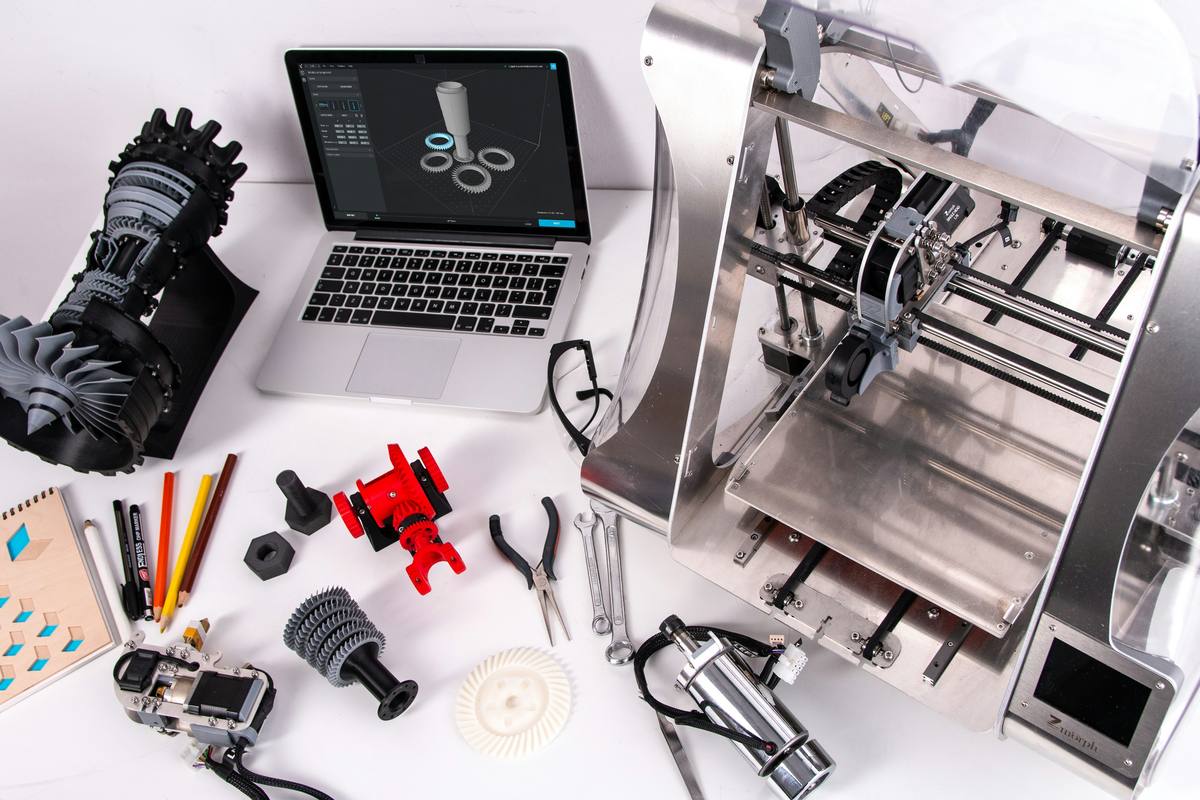
Navigating the Technical Challenges
The technical complexities of 3D printing can be daunting to newcomers. Each type of printing technology, whether fused deposition modeling (FDM), stereolithography (SLA), or selective laser sintering (SLS), comes with its own set of challenges and learning curves. Acquiring a deep understanding of these technologies is essential, not only for producing high-quality prints but also for troubleshooting issues that may arise. Moreover, staying up-to-date on the latest advancements in materials and techniques is vital for maintaining a competitive edge. This ongoing learning process is critical for anyone looking at how to start and succeed in the dynamic field of 3D printing.
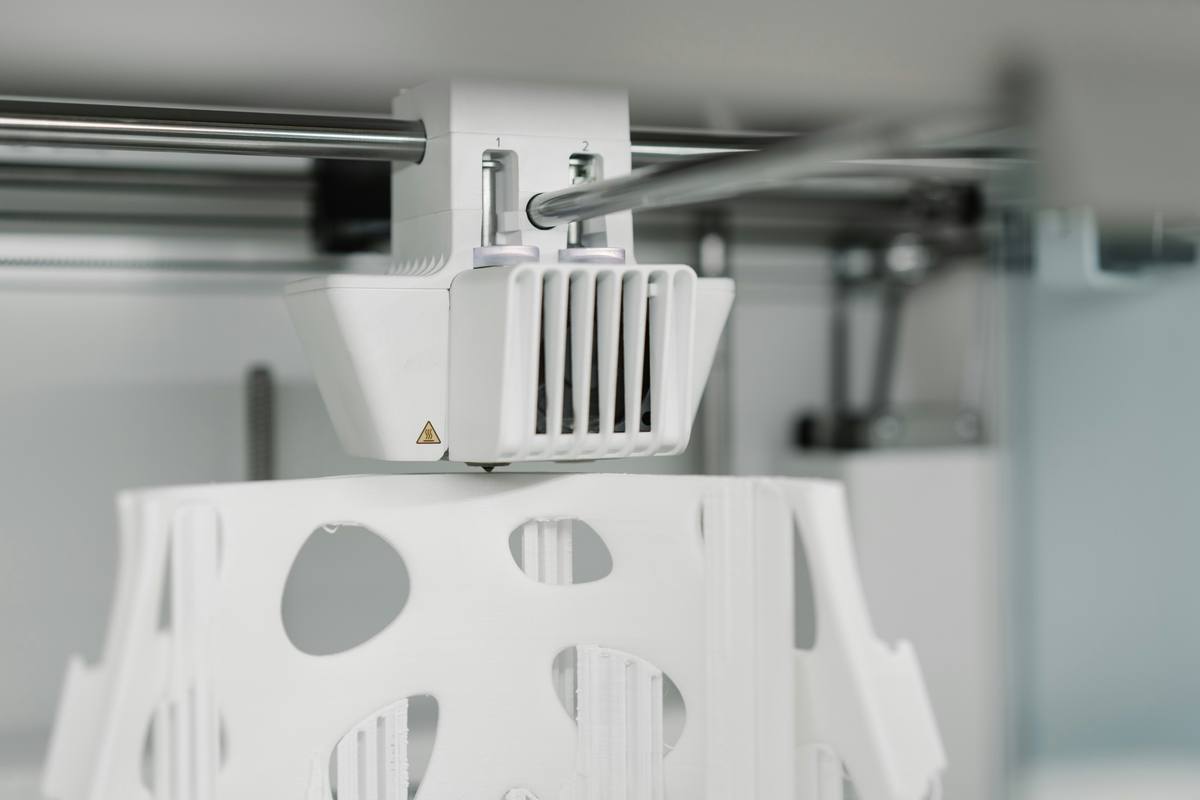
Securing Adequate Funding
Finding sufficient funding is another common challenge when starting a 3D printing business. The initial investment required for high-quality printers and materials can be significant, particularly for those aiming at industrial-grade production. Exploring various financing options becomes imperative, from traditional bank loans and investor funding to more creative routes like crowdfunding. It's also wise to have a clear business plan that outlines potential returns on investment (ROI) to attract potential investors. Balancing financial sustainability with growth and innovation requires careful planning and financial acumen.
Building a Strong Brand
In the highly competitive world of 3D printing, establishing a strong brand identity is crucial. This means creating not just a logo but crafting a compelling narrative that resonates with your target audience. Your brand should reflect the unique value proposition your business offers, differentiating you from competitors. Engaging with your community through social media and industry events can help build your reputation and client base. Investing time into developing your brand's voice and presence online can pay dividends in customer loyalty and recognition.
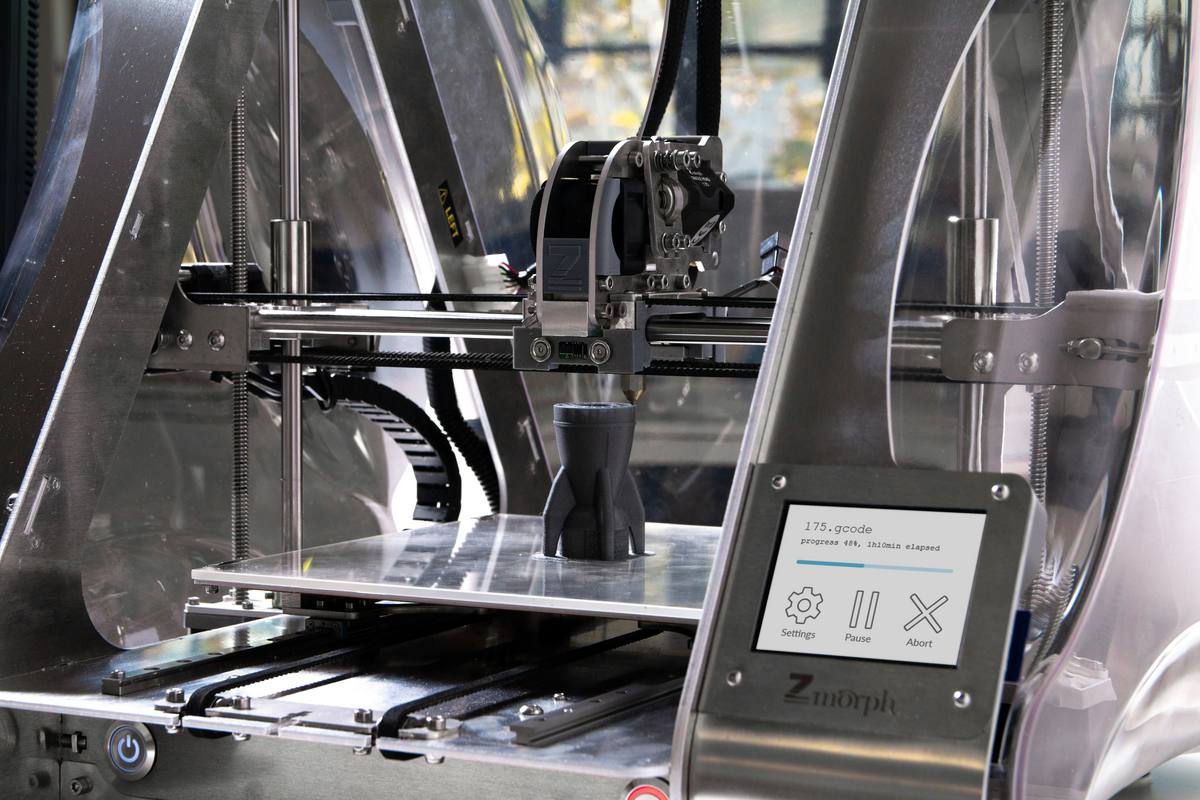
Complying with Regulations
Navigating the regulatory landscape is critical for any business, but it can be particularly intricate for 3D printing ventures due to the novel nature of many applications. Understanding what legal standards apply to your products--whether they are consumer goods or industrial components--is essential for operating legally and avoiding costly penalties. This might involve compliance with health and safety regulations, intellectual property laws, or industry-specific certifications. Establishing relationships with legal experts who understand your sector can provide invaluable guidance as you grow. Ensuring compliance from the outset sets a solid foundation for sustainable business operations.
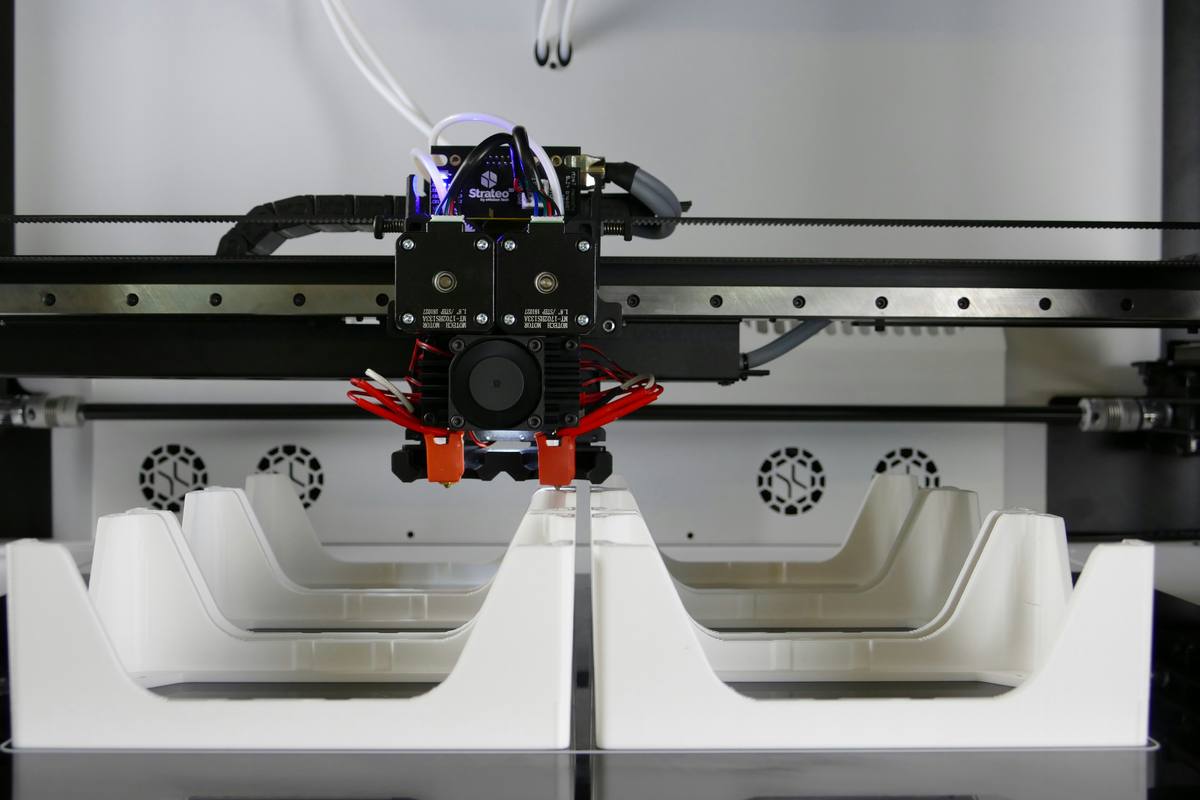
Boost campaigns with 250+ editable templates. Save, reuse, and wield design tools for business growth.
Try it for FREE!Optimizing Production Workflow
Achieving efficiency in your production workflow is key to maximizing profitability in a 3D printing business. This involves optimizing every step, from design to post-processing, ensuring that time and resources are used effectively. Implementing software solutions that streamline these processes can significantly reduce lead times and improve product quality. Moreover, adopting lean manufacturing principles can help identify waste within operations, enhancing overall productivity. Continuous improvement should be the goal, always seeking ways to refine processes as technology advances.
Sourcing Quality Materials
The choice of materials has a profound impact on the final product's quality and cost-effectiveness in 3D printing businesses. Sourcing high-quality materials at competitive prices requires establishing strong relationships with suppliers or considering alternative sourcing strategies like bulk purchasing or material recycling programs. Understanding material properties and how they affect print outcomes is crucial for delivering products that meet customer expectations. Additionally, keeping an inventory of diverse materials enables flexibility in project types and finishes offered to clients. Balancing cost efficiency with material performance is an ongoing challenge that directly influences profit margins.

Leveraging Design Tools like Desygner
In today's digital age, leveraging design tools has become indispensable for businesses looking to stand out in the crowded marketplace of 3D printing services. Desygner emerges as a powerful ally in this arena by offering easy-to-use design solutions that cater not only to product design needs but also marketing collateral creation without requiring extensive graphic design skills. Its intuitive interface allows entrepreneurs to quickly produce professional-looking designs that elevate their brand image while saving time and costs associated with traditional design processes. Moreover, incorporating advanced design tools early on facilitates scalability by streamlining aspects of branding and customer communication. Utilizing tools like Desygner underscores how embracing technology can drive success in modern business landscapes.
Concluding Thoughts on Starting a 3D Printing Business
In wrapping up our comprehensive guide on launching a successful 3D printing business, it's clear that the journey ahead is as exciting as it is challenging. The realm of 3D printing offers vast opportunities for innovation and creativity, enabling entrepreneurs to turn their visionary ideas into tangible realities. As we've explored, understanding the market, aligning with customer needs, and staying abreast of technological advancements are foundational steps towards building a thriving business in this dynamic industry.
Furthermore, developing a robust business plan cannot be overstated. This blueprint will not only guide your strategic decisions but also attract potential investors or partners who can contribute to your venture's growth. Equally important is choosing the right 3D printing technology and materials that fit your business model, ensuring you deliver quality products that meet or exceed customer expectations.
Marketing your 3D printing business effectively is another critical factor for success. Leveraging social media platforms, creating engaging content, and participating in industry events can significantly increase your brand's visibility and attract a loyal customer base. Additionally:
- Invest time in research and development to innovate continuously.
- Offer exceptional customer service to build strong relationships.
- Understand your competition to differentiate your offerings.
- Maintain financial discipline to manage costs and improve profitability.
- Embrace sustainability practices to appeal to eco-conscious consumers.
- Collaborate with other businesses to expand your market reach.
- Use tools like Desygner for professional marketing materials.
- Stay flexible and adapt to industry changes promptly.
To sum up, embarking on a 3D printing business venture requires dedication, perseverance, and continuous learning. By focusing on quality, innovation, and customer satisfaction, you can build a reputable brand that stands out in the competitive landscape. Remember, every successful journey begins with a single step. Now is the perfect time to take that leap. For those looking to enhance their marketing efforts from day one, consider signing up at Desygner for professional design solutions tailored to your new business.

